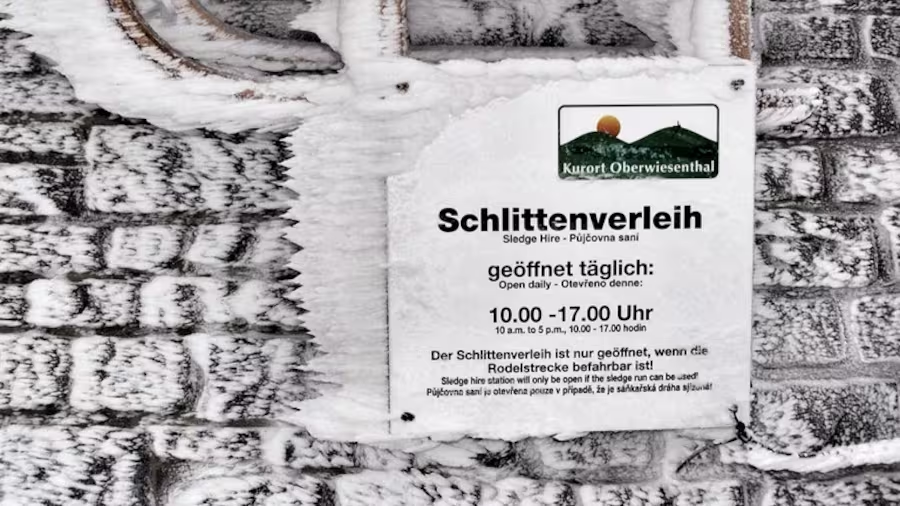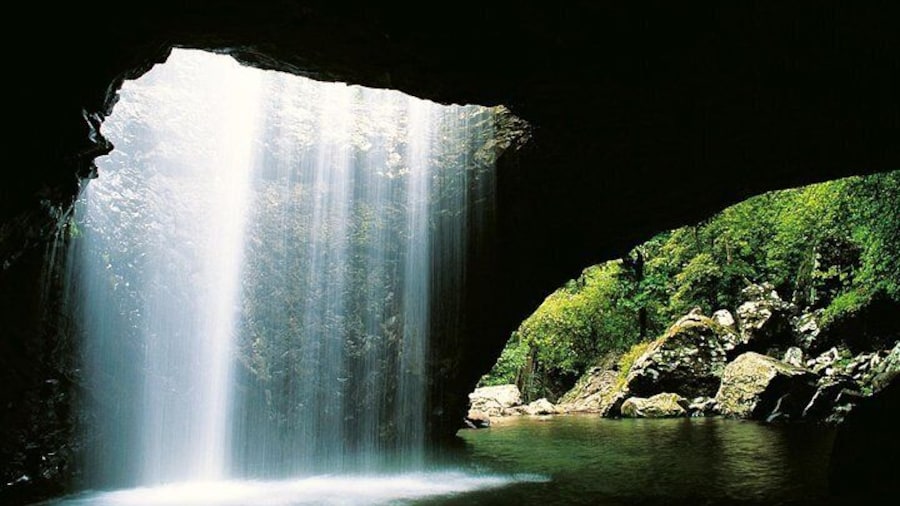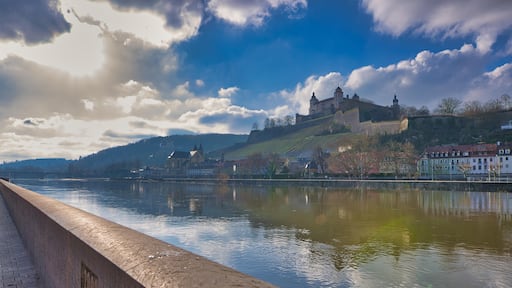Admire traditional wooden craftwork in the quaint villages of this area and learn about its prosperous past as a key region for tin and silver mining.
The Ore Mountains make up a rocky region of rivers, valleys and pretty towns. Historically, the mountain range divided the regions of Bohemia and Saxony, which is today’s border between Germany and the Czech Republic. The Ore Mountains’ opulent castles and churches exemplify the region’s historical wealth, which is owed to the tin that archeologists believe was mined here up to 4,500 years ago.
Peruse exhibits that tell the story of humankind over 300,000 years in the Saxony State Museum of Archeology in the major town of ChemnitzOpens in a new window. Learn about the region’s future at the Chemnitz University of Technology and pay tribute to the past at the Karl Marx Monument. Explore the Roter Turm Tower, which formerly held a prison. In the town’s southern outskirts is the white-and-yellow chateau of Klaffenbach Moated Castle.
A little to the southwest is ZwickauOpens in a new window, where you will encounter the glorious St. Marien Cathedral. Discover the work of a 19th-century German composer in the Robert Schumann Museum and attend a concert in the Neue Welt Ballroom.
Make your way east to charming villages in the valleys near the Czech border. The hamlets of Seiffen, Olbernhau and Marienberg are famous for wooden handicrafts. The latter village contains Marienberg Church, a Late Gothic 17th-century masterpiece that towers above the town.
Appreciate the scenery with a trip to the Vogtland Nature Park, which has many footpaths and cycle routes along its hills and valleys.
Anticipate harsh weather with frosty mornings and snow in winter. The warm summers make for ideal cycling or walking conditions.
Note that the mountain range stands in the eastern part of Germany, marking the border with the Czech Republic. The mountains cover a length of 90 miles (150 kilometers) and a width of 25 miles (40 kilometers). Arrive at Dresden Airport and get around the area by railway.
Experience the riches of the Ore Mountains, from scenic vistas to heritage landmarks.



















